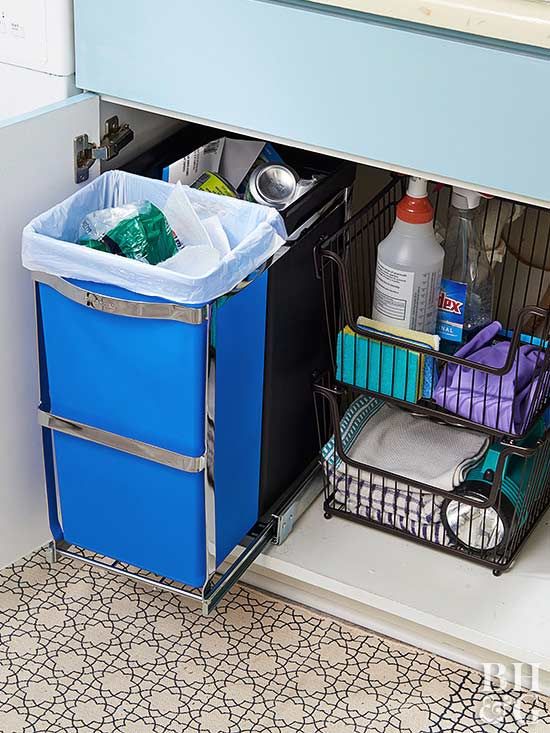Provide a designated place for waste disposal

It cannot be stressed enough how important it is to have a designated spot for waste disposal in order to maintain a clean and orderly environment. When you have a defined space solely dedicated to disposing of rubbish, it ensures that garbage is contained and prevents it from accumulating in inconvenient or unsightly areas. Choosing a favorable location for waste management is equally important as it should be easily accessible to everyone and emptied on a regular basis to avoid the risk of overflowing waste which can lead to unsanitary and unhealthy conditions. It’s also important to emphasize the need for proper disposal methods such as recycling and composting to reduce the amount of waste that ends up in landfills. Taking these simple yet effective steps doesn’t just ensure that your surroundings remain untainted and pristine, but also helps in preserving the environment for future generations to come.
Here are more expanded tips for providing designated waste disposal and emptying the trash regularly:
Provide the right number and size of trash bins
• Assess how much waste is generated in different areas to determine how many bins are needed and what size.
• Smaller trash cans will fill up quickly so emptying frequently is crucial. Large outdoor bins can hold more waste.
• Place smaller bins near individual workspaces and larger ones in common areas.
Choose bins that are easy to maintain and keep clean
• Trash bins with wheels and swing-top lids make emptying easier and help contain odors.
• Select bins made of durable materials like metal or heavy-duty plastic that can withstand frequent cleaning.
• Bins with rounded interiors and minimal nooks and crannies trap less waste and residue, making them easier to wash.
Change liners often and keep extras on hand
• Have a supply of extra liners available so bins can be relined as soon as full liners are removed.
• Reline trash cans daily for areas with high volumes of waste. For lower volumes, every 2-3 days is usually sufficient.
• Consider using thicker liners for wet waste and grease to prevent leaks.
Create a cleaning and emptying schedule
• Assign people to regularly empty bins according to a schedule that works for that bin’s volume of waste.
• Mark emptying times directly on the bin itself as a reminder. Change marker colors weekly.
• Wash bins thoroughly with disinfectant weekly or biweekly depending on use.
• Spot clean bins in between deep cleans to remove sticky residue and stains.
Invest in compactors where possible
• Compactors reduce waste volume making bins last longer before emptying is needed.
• They create a more sanitary environment with less handling of waste.
• Motorized compactors are best but manually operated units work well for lower volume waste.
Hope these expanded tips help!